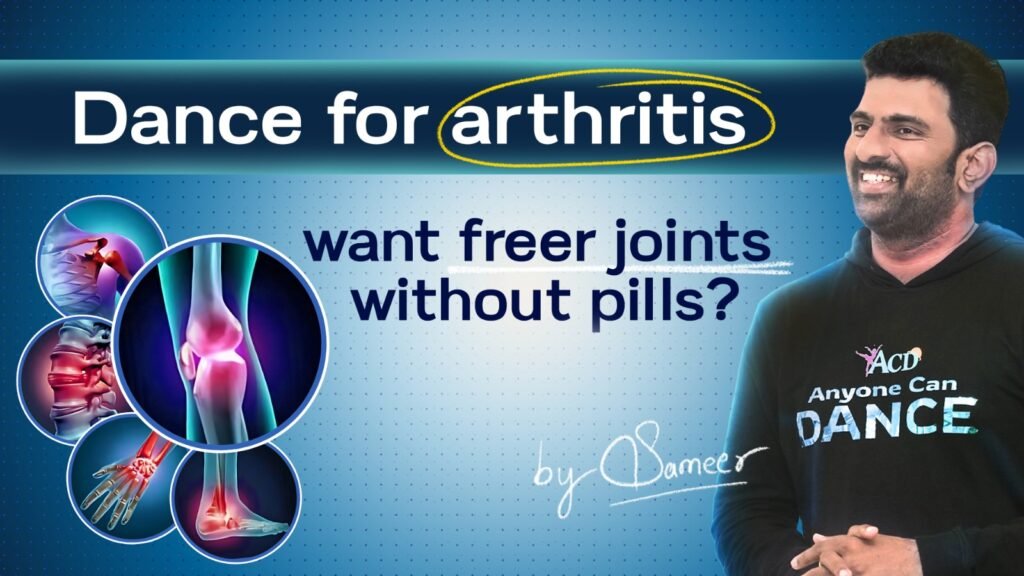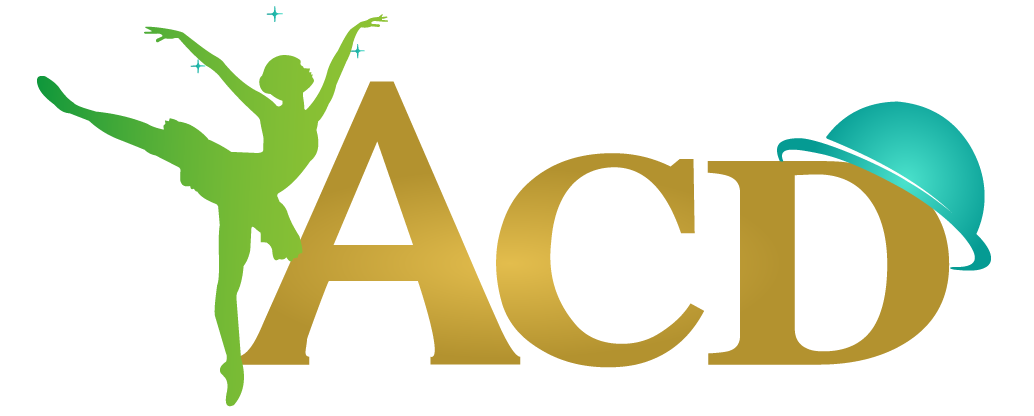
Arthritis, whether osteoarthritis or rheumatoid arthritis, can make movement feel like the enemy. Stiff joints, swelling, and constant pain often lead people to stop moving altogether. But here’s the surprising truth: the right kind of movement—especially dancing—can be your greatest ally in managing arthritis.
As a dance coach who works with people living with joint pain, I’ve seen dance become more than exercise. It becomes relief. It becomes empowerment. It becomes freedom.
This blog post introduces a 3-step framework designed specifically for individuals with arthritis or rheumatoid arthritis. This isn’t about jumping or spinning—it’s about gentle, rhythmic, mindful movement that reduces pain, improves joint function, and boosts happiness. Let’s dance through the pain—safely, joyfully, and at your own pace.
Why Dance Can Be Therapeutic for Arthritis
Contrary to popular belief, resting too much with arthritis can make things worse. Without movement, joints stiffen, muscles weaken, and pain increases.
Dance, when done correctly:
– Improves joint flexibility and range of motion
– Builds supporting muscle strength
– Enhances balance and reduces fall risk
– Releases endorphins, reducing pain naturally
– Improves mood and reduces depression, common in arthritis sufferers
– Increases circulation, helping reduce inflammation
The goal is not perfection or performance—it’s progress, presence, and pain relief.
The 3-Step Framework: EASE – ENGAGE – ELEVATE
Step 1: EASE – Start Soft, Protect Your Joints
Your first goal is to warm up gently and loosen stiff joints without straining them. This step is essential for safety and comfort.
🌿 EASE Routine (8–10 mins):
- 2 mins: Seated or standing deep breathing + shoulder rolls
- 2 mins: Wrist, finger, and ankle circles
- 2 mins: Gentle side-to-side upper body sways
- 2 mins: Neck and spine slow stretches
- 2 mins: March in place with toe touches
✅ Tips:
- Always dance on soft flooring (mats, wood—not concrete)
- Wear supportive shoes or dance barefoot if comfortable
- Avoid locking joints; keep knees and elbows slightly bent
- Use a chair or wall for balance if needed
🎵 Choose calming music to soothe the nervous system and relax muscles. Think slow instrumentals or light acoustic rhythms.
Step 2: ENGAGE – Strengthen with Rhythm & Control
This is where you introduce more structured, low-impact movement to build strength and circulation.
🔥 ENGAGE Routine (10–15 mins):
- 3 mins: Step-touch side to side with hand motions
- 3 mins: Seated or standing leg lifts with arm raises
- 3 mins: Gentle hip and spine circles
- 3 mins: Modified dance squats or mini lunges
- 3 mins: Rhythm claps or light stomps (seated or standing)
🎶 Music: Use upbeat but soft songs (90–110 BPM). Think soulful dance or golden-era classics.
🩺 Why this matters:
- Strengthens supporting muscles around joints
- Increases blood flow and synovial fluid to joints
- Re-educates brain-body coordination and rhythm
- Boosts confidence in mobility
💡 Tip: Do this 3–5 times/week. Even 15 minutes a day can lead to noticeable improvements in 2–3 weeks.
Step 3: ELEVATE – Dance Freely, Express, and Empower
Once your body feels safe and active, it’s time to embrace expression. This phase isn’t about burning calories—it’s about reclaiming joy, creativity, and connection with your body.
✨ ELEVATE Practice (5–10 mins):
- 2 mins: Freestyle dance to your favorite uplifting song
- 2 mins: Mirror dance—smile and watch yourself move with love
- 2 mins: Rhythm flow with eyes closed—feel your body move without thought
- 2 mins: Gratitude sway—move slowly and repeat “Thank you, body” with each breath
🎧 Choose songs that emotionally move you—music is medicine. Think old favorites, devotional, or nature-inspired tracks.
🌟 Emotional Benefits:
- Boosts self-worth and body image
- Releases emotional tension stored in joints
- Encourages consistency through joy
💖 Reminder: Your dance is not limited by arthritis—it is transformed by it.
You’re Not Stuck—You’re Still in Motion
Arthritis may slow your steps, but it cannot steal your rhythm. With the EASE – ENGAGE – ELEVATE framework, you’re not just reducing pain—you’re reclaiming power. You’re choosing movement over stagnation, joy over frustration, and progress over perfection.
You don’t have to dance like anyone else. You just have to move the way your body allows. Whether it’s seated swaying, standing side steps, or simply moving your arms with music—you’re still dancing. And that counts.
So press play. Breathe deep. Feel your feet. Smile through the stiffness. Your body remembers how to heal—and your dance will help it.
This is your new chapter. And it begins with movement.
